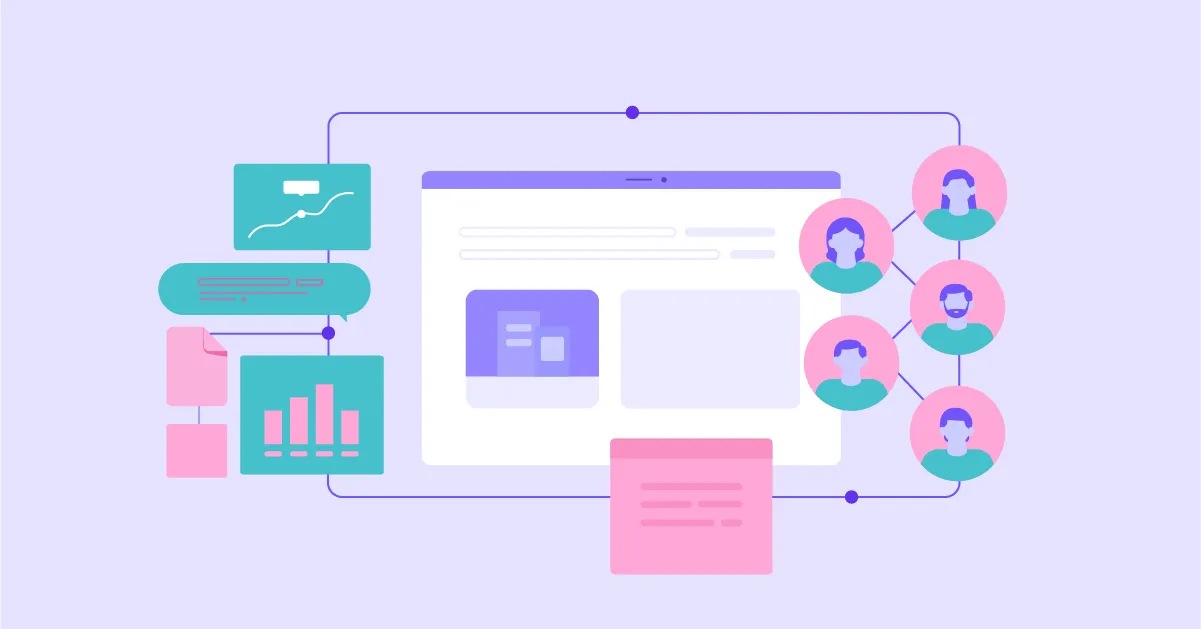Embracing the Power of Computer Aided Facility Management
Dario Soric, WorkTrek
Posted 06/08/2023
In today’s fast-paced world, efficiently managing facilities is crucial for organizations across industries. Traditional facility management methods are being replaced by innovative solutions, such as computer aided facility management (CAFM). This technology-driven approach leverages software and technology to streamline facility management processes, revolutionizing the way organizations handle their facilities.
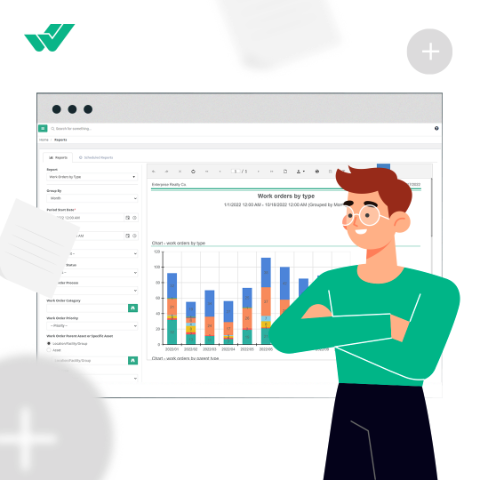
Enhancing Efficiency and Productivity
Computer aided facility management (CAFM) is the utilization of computer software and technology to assist facility managers in planning, executing, and monitoring various aspects of facility management. This powerful tool empowers organizations to optimize their facility operations, reduce costs, and enhance productivity. By integrating data, automation, and analytics, CAFM enables facility managers to make informed decisions and efficiently allocate resources.
Benefits of Computer Aided Facility Management
1. Streamlined Space Management
With the help of CAFM, organizations can effectively manage their available space. The software provides real-time insights into space utilization, allowing facility managers to allocate resources efficiently. By identifying underutilized areas, organizations can optimize their space usage, ultimately reducing costs and maximizing productivity.
2. Enhanced Maintenance Planning
CAFM software enables proactive maintenance planning by tracking assets, equipment, and systems. Facility managers can schedule preventive maintenance tasks, generate work orders, and track maintenance history, ensuring optimal functionality of facilities. This proactive approach minimizes downtime, reduces repair costs, and prolongs the lifespan of assets, leading to increased operational efficiency.
3. Improved Resource Allocation
Optimizing resource allocation is a critical aspect of facility management. CAFM facilitates better resource planning by providing accurate data on resource availability and utilization. With this information, facility managers can allocate resources effectively, avoid bottlenecks, and optimize operational efficiency. By eliminating wasteful resource allocation, organizations can achieve cost savings and improve overall productivity.
4. Centralized Data Management
Traditional facility management often involves handling large volumes of data scattered across different systems and spreadsheets. CAFM simplifies data management by consolidating information into a centralized database, making it easily accessible and enabling better decision-making. Facility managers can retrieve information promptly, generate reports, and gain valuable insights for strategic planning, leading to more informed and efficient decision-making processes.
5. Real-Time Reporting and Analytics
CAFM software equips facility managers with powerful reporting and analytics capabilities. Real-time data visualization allows managers to monitor key performance indicators, identify trends, and make data-driven decisions. These insights enable proactive measures, leading to improved operational efficiency and cost savings. By having access to accurate and up-to-date information, facility managers can identify areas for improvement and take timely action.
6. Enhanced Collaboration and Communication
Effective collaboration and communication are vital for successful facility management. CAFM tools provide a platform for seamless collaboration among various stakeholders, such as facility managers, maintenance teams, and service providers. By facilitating information sharing and workflow management, CAFM improves overall communication efficiency. This streamlined communication fosters better coordination, reduces delays, and ensures smooth facility operations.
Overcoming Challenges in Implementing Computer Aided Facility Management
While the benefits of computer aided facility management are compelling, organizations may encounter challenges during the implementation process. Here are some common challenges and strategies to overcome them:
1. Resistance to Change
Implementing CAFM requires a cultural shift within the organization. Employees may resist the change due to unfamiliarity or fear of job displacement. To address this, organizations should invest in thorough training and communication programs. Educating employees about the benefits and functionality of CAFM will help alleviate their concerns and increase their acceptance of the new system. Involving employees in the decision-making process and seeking their feedback can also foster a sense of ownership and cooperation.
2. Data Integration and Standardization
Integrating existing data from various sources and standardizing data formats can be a complex task during the implementation of CAFM. Organizations should carefully evaluate their data requirements and establish a clear plan for data integration. This may involve migrating data from legacy systems, cleaning and organizing data, and establishing data governance protocols. By investing time and effort in data integration and standardization, organizations can ensure the accuracy and reliability of information within the CAFM system.
3. System Customization
Every organization has unique facility management needs and processes. Therefore, customization of the CAFM system to align with specific requirements is often necessary. It is crucial to select a flexible CAFM solution that allows customization without compromising system stability and support. Engaging with CAFM vendors or consultants with expertise in system customization can help organizations tailor the software to their specific workflows and achieve maximum efficiency.
4. Data Security and Privacy
As CAFM involves handling sensitive facility and operational data, ensuring data security and privacy is paramount. Organizations should implement robust security measures to protect data from unauthorized access or breaches. This includes data encryption, user access controls, regular data backups, and compliance with relevant privacy regulations. Partnering with reputable CAFM providers who prioritize data security can provide organizations with peace of mind regarding their data protection.
5. Cost Considerations
Implementing CAFM involves financial investments in software licenses, hardware, training, and ongoing support. Organizations need to carefully evaluate the return on investment (ROI) of adopting CAFM and assess its long-term benefits. Conducting a cost-benefit analysis, considering factors such as improved efficiency, reduced maintenance costs, and optimized resource allocation, will help organizations justify the investment in CAFM. Exploring subscription-based or cloud-based CAFM solutions can also provide more cost-effective options for smaller organizations.
6. Change Management and User Adoption
Successfully implementing CAFM requires effective change management strategies and user adoption. Organizations should communicate the benefits of CAFM to all stakeholders and create a clear roadmap for the transition. Offering comprehensive training programs, user-friendly interfaces, and ongoing support can facilitate user adoption and minimize disruptions during the implementation phase. Additionally, designating champions within the organization who advocate for CAFM and address user concerns can contribute to successful adoption.

Dario Sorić
Dario Sorić is the marketing assistant and website administrator for Worktrek.com. He graduated with a Bachelor of Digital Marketing from the University of Algebra in 2023. Feel free to contact him at [email protected].
Related Articles

What Is Facilities Management? Challenges, Solutions, & More
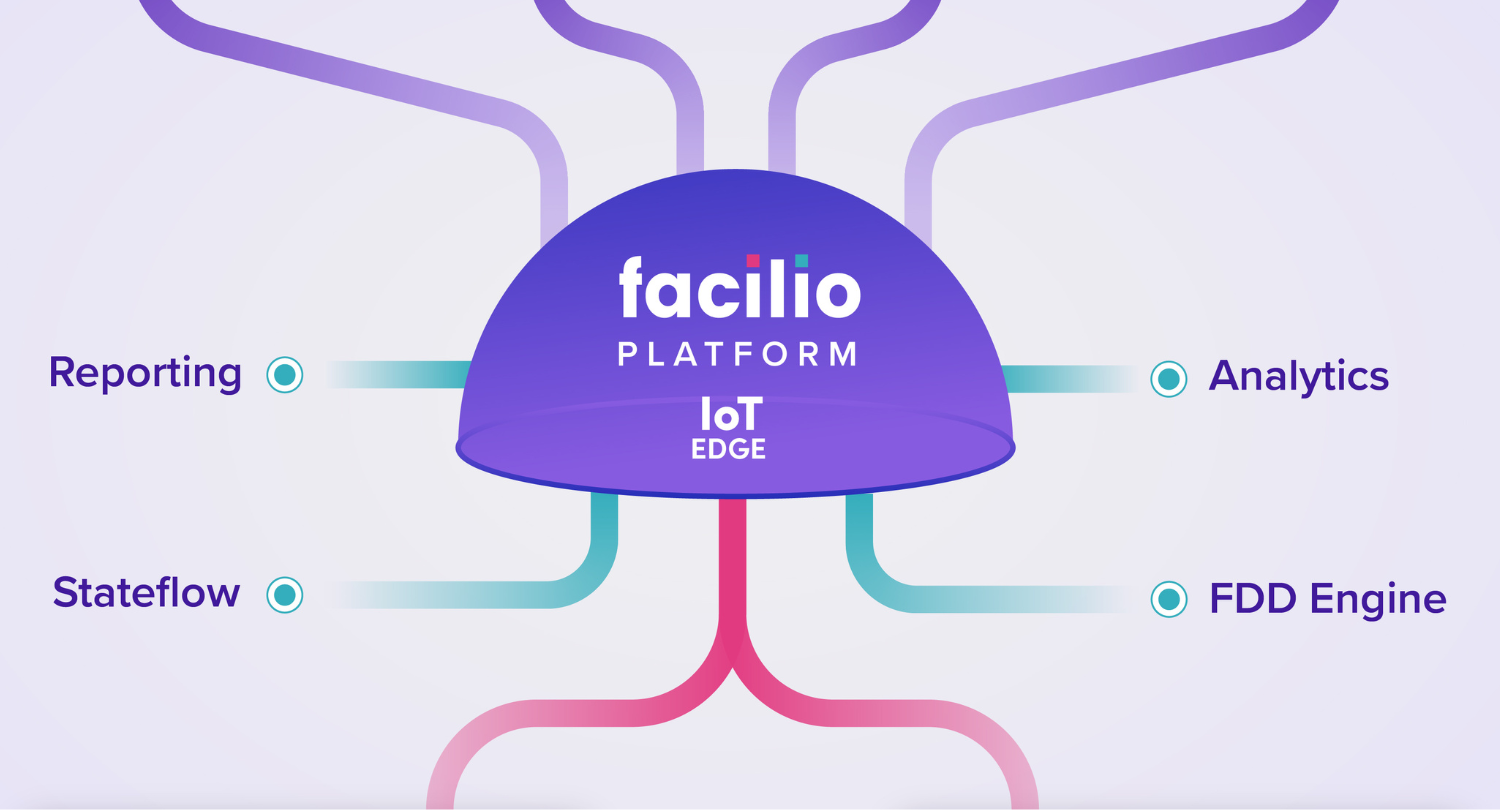
How a Platform Approach Can Transform Your Building Operations
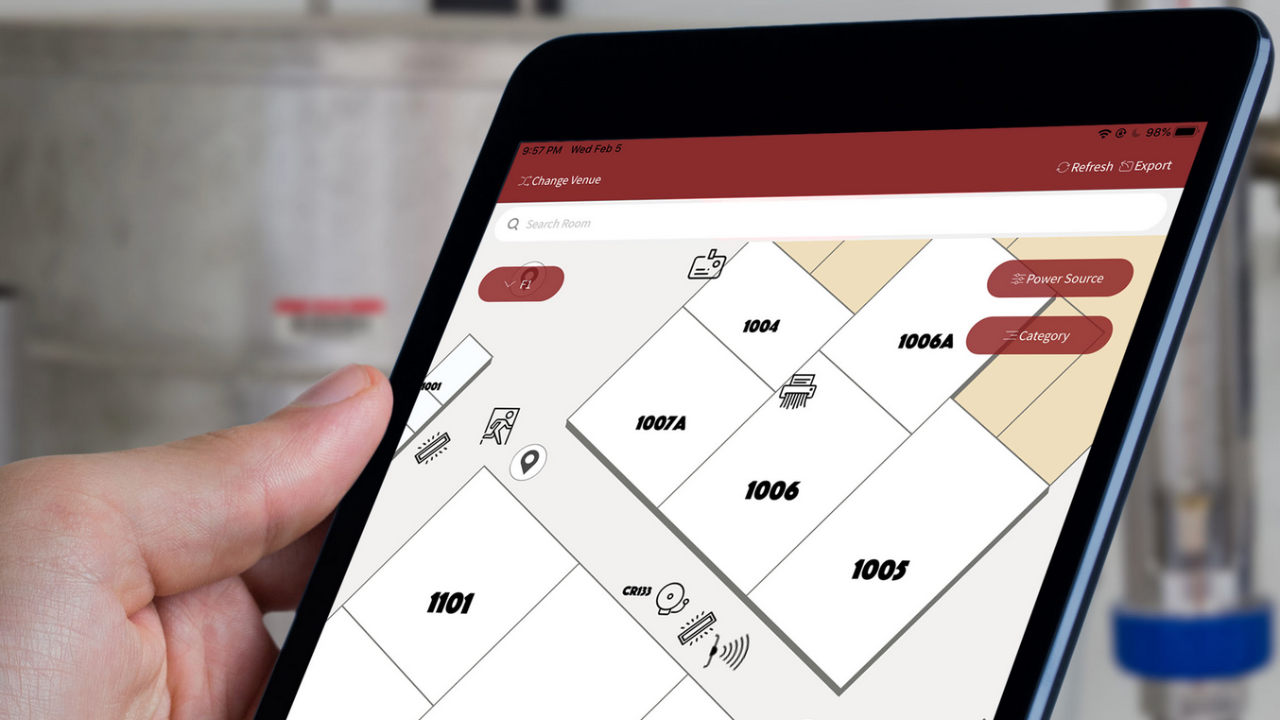
Facilities Management Technology for 2023
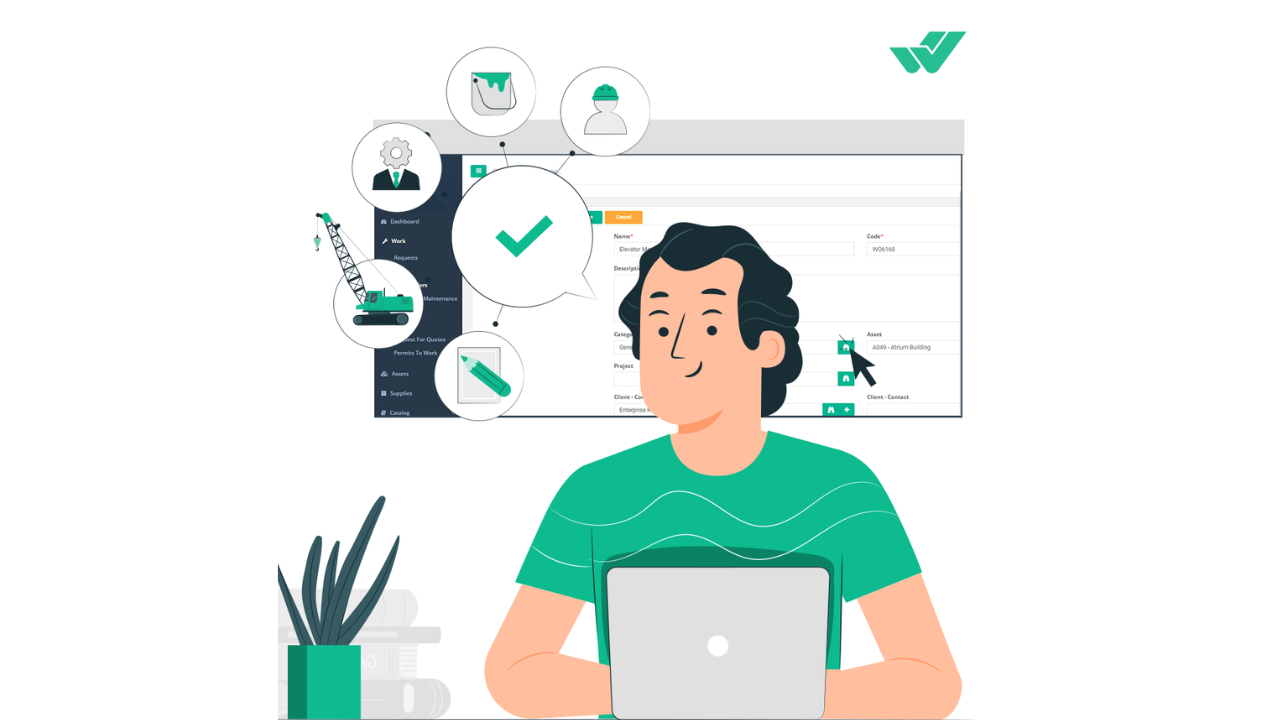
Why Might your Business Need a CMMS?
